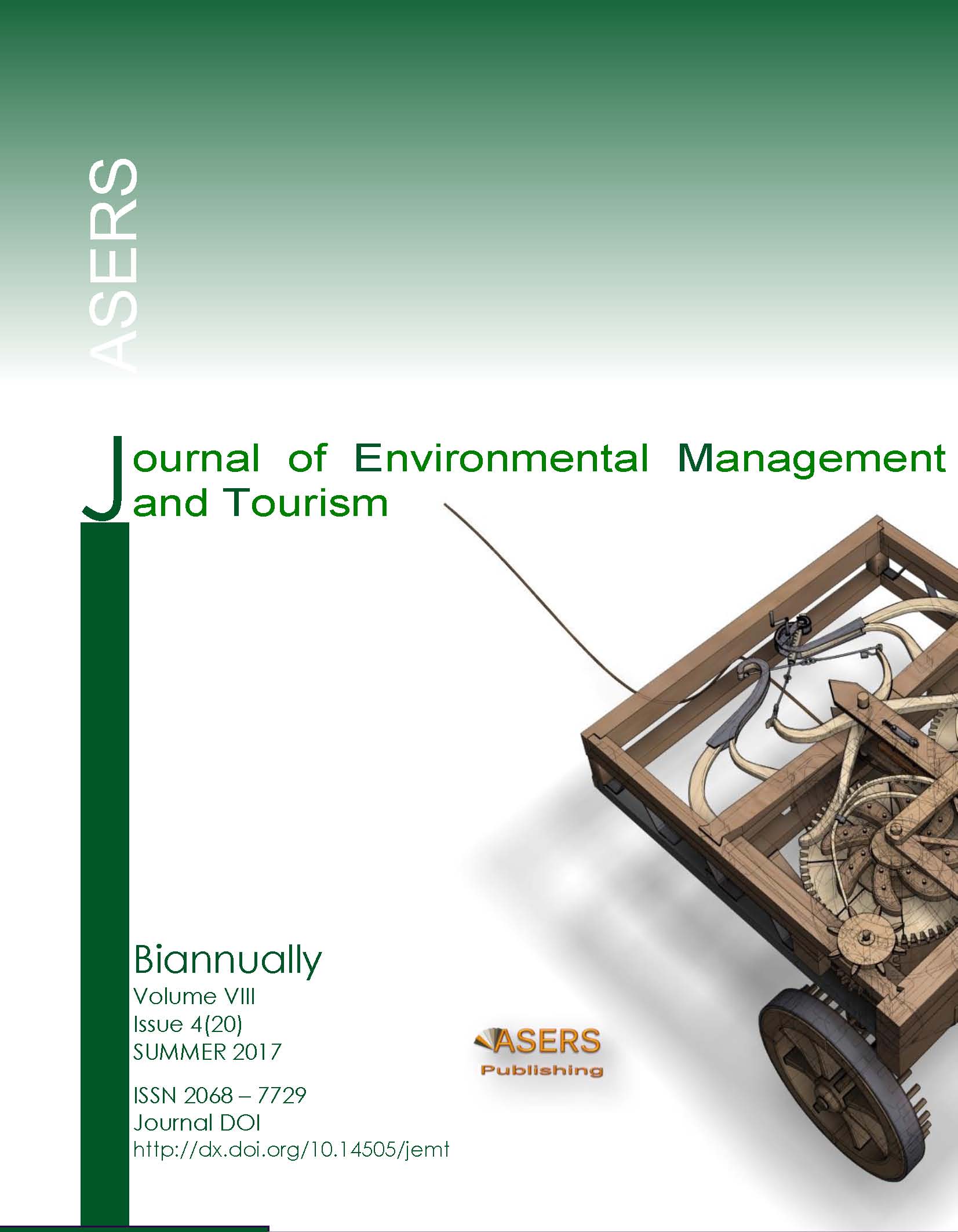The Concept of Neuroagents in Hospitality Industry and Tourism
Abstract
This study is aimed to develop a modern concept for forecasting in hospitality industry and tourism. Methods/Analysis: In this paper it is studied a current researches in neural network’s technology and its implementation in hospitality and tourism. It is important to understand that classical methods of data analysis nowadays are not able to make best results. There is a need to combine them to some elements of artificial intelligence. Hospitality industry and tourism paid great attention to the implementation of neural network applications in the analysis and forecasting. Modern economy is very susceptible to the influence of many factors which complicates the application of classical statistical procedures; neuroagent is a complex method of forecasting and decision-making and can be a good solution in the analysis of hidden relationships and the search for optimal response to emerging threats in hospitality and tourism. This study can be used as a concept for creation of some decision-making systems in hospitality and tourism or early warning systems.
References
[2] Claveria, O., Monte, E., and Torra, S. 2013. Tourism demand forecasting with different neural networks models. Research Institute of Applied Economics. Working Paper 2013/21.
[3] Çuhadar, M., Cogurcu, I., and Kukrer, C. 2014. Modelling and forecasting cruise tourism demand to Izmir by different artificial neural network architectures. International Journal of Business and Social Research (IJBSR), 4(3): 12-28.
[4] Efendigil, T., Onut, S., and Kahraman. C. 2008. A decision support system for demand forecasting with artificial neural networks and neuro-fuzzy models: A comparative analysis. Systems with Applications, DOI:10.1016/j.eswa.2008.08.058
[5] Fernandes, P.O., Teixeira, J.P., Ferreira, J.M., and Azevedo, S.G. 2011. Forecasting tourism demand with artificial neural networks. Book of proceedings Vol.II – Paper presented at the International conference on tourism & management studies – Algarve, 26-29 October 2011, Faro, Algarve, Portugal.
[6] Kozlov, D.A. 2016. Modelling and forecasting of Russian outbound tourism. Actual Problems of Economics. 181(7): 446-453.
[7] Kozlov, D.A. 2017. Agent technology in hotel business. Journal of Environmental Management and Tourism, Volume VIII, Spring, 2(18): 285-290. DOI:10.14505/jemt.v8.2(18).01
[8] Lin, C.-J., Chen, H.-F., and Lee, T.-S. 2011. Forecasting Tourism Demand Using Time Series, Artificial Neural Networks and Multivariate Adaptive Regression Splines: Evidence from Taiwan. International Journal of Business Administration. 2(2): 14-24.
[9] Miloradov, K.A., and Eidlina, G.M. 2016. Tourism market of the Russian Federation: Analysis of interactions between outbound and domestic tourism using neural networks. Indian Journal of Science and Technology, 9(27), DOI: 10.17485/ijst/2016/v9i27/97698
[10] Noersasongko, E. et al. 2016. A tourism arrival forecasting using genetic algorithm based neural network. Indian Journal of Science and Technology, 9(4), DOI: 10.17485/ijst/2016/v9i4/78722
[11] Popîrlan C.I., and Ștefănescu L. 2011. A mobile agents’ system for intelligent data analysis, Proceedings of WSEAS Applied Computing Conference 2009 (ACC 2009), September 28-30, Athens, Greece, pp. 663-668.
[12] Popîrlan, C.I., and Ștefănescu L. 2011. A Multi-agent approach for adaptive virtual organization using JADE, book chapter in Lecture Notes in Computer Science, Volume 6943, Adaptive and Intelligent Systems - Abdelhamid Bouchachia (Ed.) pp. 344 - 355.
[13] Popîrlan, C.I., and Ștefănescu L. 2011. Intelligent software agents for data analysis in knowledge-based systems, in Intelligent Decision Support Systems for Managerial Decision Making, Chapter 2, pp. 25-48, ASERS Publishing.
[14] Song H., and Li, G. 2008. Tourism demand modelling and forecasting – A review of recent research. Tourism Management, 29(2):203-220.
[15] Zhang, H., and Li, J. 2012. Prediction of Tourist Quantity Based on RBF Neural Network. Journal of Computers, 7(4): 965-970.
Copyright© 2025 The Author(s). Published by ASERS Publishing 2025. This is an open access article distributed under the terms of CC-BY 4.0 license.
